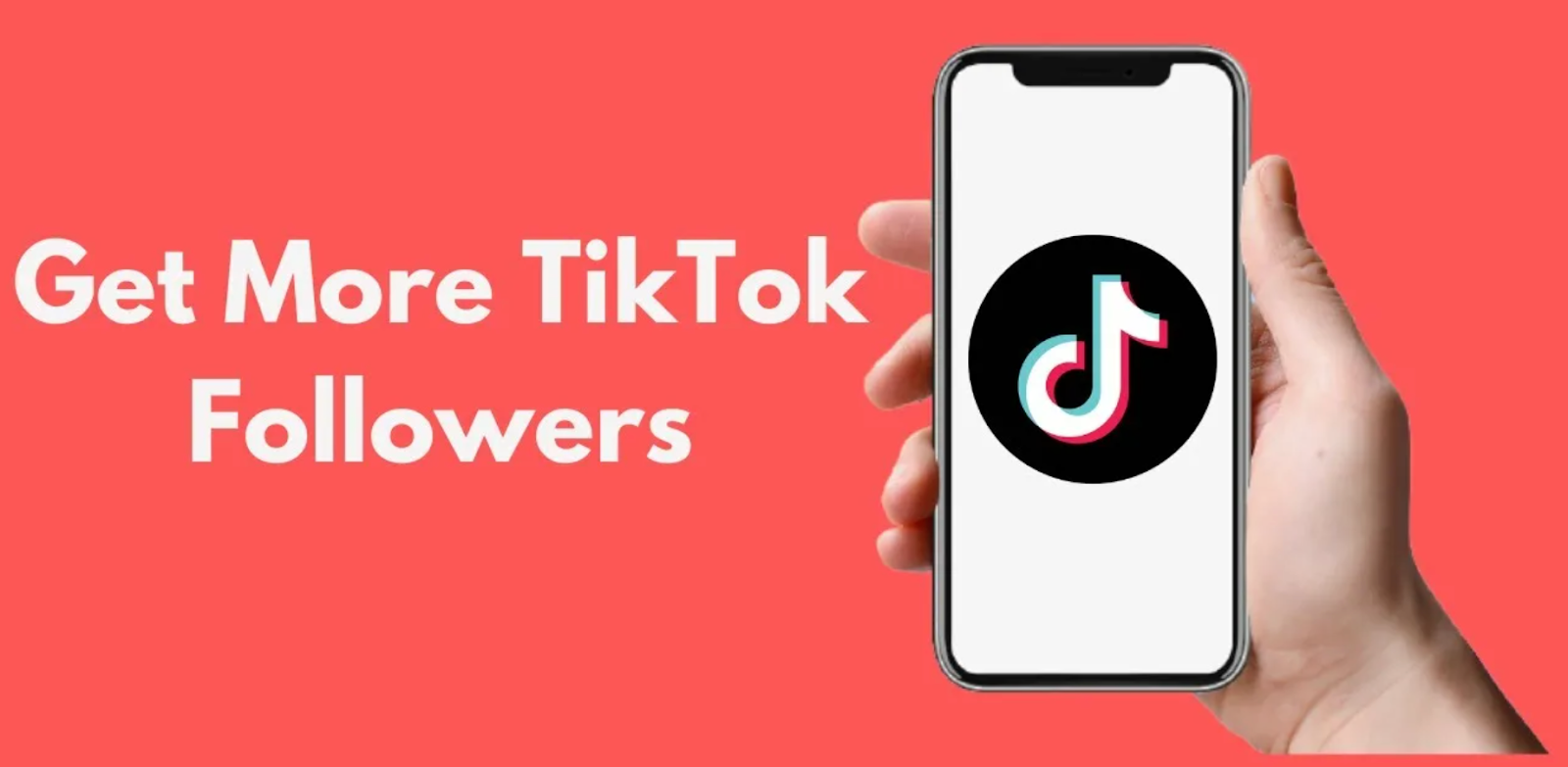Navigating the Cold Email Landscape: Best Practices and Email Finder Tools for Success

Introduction
Sending cold emails is tough! It’s hard to navigate the legal boundaries, find the right email addresses, and write compelling subject lines. 😟
Plus, it takes a lot of time to manage follow-up sequences and analyze data. Also, finding C-level executives and identifying their needs can take a lot of your time & resources🤯.
🗣️But wait! Don’t give up yet. Cold emailing can still be a potent tool for business growth. You just need the right tools and strategies to make it work📧 .
In this post, we’ll explore the best practices for navigating the cold email landscape, as well as tell you how the top email finder tools can help you achieve your desired goals. From successfully reaching C-level executives to writing effective cold emails, we’ve got you covered. So let’s dive in and unleash your business growth through search automation and more.🚀
What is Email Marketing?
Email marketing is a digital marketing strategy that involves sending emails to a group of people with the intention of promoting products, services, or building relationships with customers or clients. It is one of the most effective and widely used methods for businesses to communicate with their audience, both existing customers and potential leads.
What is cold emailing?
Cold emailing refers to the process of sending an email to a recipient that you have no prior contact or relationship with. A cold email intends to initiate contact and begin a conversation that could lead to a potential business opportunity.
It is an outreach strategy that can be used for a variety of purposes including sales, marketing, networking, and job searching. Cold emailing requires careful consideration and planning to ensure that it is effective and not seen as spam.
Why is cold emailing important for B2B businesses?
For B2B businesses, cold emailing is an important part of their outreach strategy. It allows businesses to reach decision-makers and potential clients they may not have been able to reach otherwise.
While there are numerous marketing and sales strategies, cold emailing is an essential tool that should be considered. Here are some reasons why:
- Reach New Leads
Cold emailing allows you to reach potential clients who you may not have been able to connect with otherwise. By sending targeted emails to a specific audience, you open up doors to new business opportunities and increase brand awareness. Furthermore, cold emailing enables you to provide valuable information about your company, products, or services.
- Cost-Effective
Compared to other marketing methods, cold emailing is a cost-effective approach. It requires minimal investment, and the only primary expense is time. Instead of spending a considerable amount of money on advertising or attending conferences, cold emailing enables you to scale your outreach to a large audience without breaking the bank.
- Personalization
Cold emailing lets you personalize your messages according to the recipient’s interests and needs. With the right CRM software in place, you can segment your leads and tailor your emails to each group’s preference. This personalized approach builds rapport with potential clients and provides them with valuable information that can help them make informed decisions.
- Measurable Results
Cold emailing provides measurable results, which is crucial for companies with a strict marketing budget. With the help of various tools like email tracking software, you can track the emails’ open rates, and click-through rates, and even analyze the responses to understand where you can adjust your approach. The data collected will help you optimize and improve your emails, resulting in better engagement and conversions.
- Build Long-Term Relationships
Cold emailing can help businesses build long-term relationships based on trust and mutual understanding. By providing potential clients with valuable information and support, you can establish yourself as an industry expert and position your company as a go-to resource for their needs. Moreover, nurturing long-term relationships can lead to repeat business and referrals, which can generate more revenue.
What are the challenges in cold emailing?
Cold emailing can be a great way to reach out to potential clients, partners, or investors. However, several challenges come with this strategy. Here are some of the most common challenges you may face when cold emailing:
- Getting people to open your email: One of the biggest challenges with cold emailing is getting people to open your email. Many people are inundated with emails every day, and they may not have time to read or respond to everyone. To increase the chances of your email being opened, try to craft a catchy subject line that grabs the reader’s attention. Personalization can also help – addressing the recipient by name, mentioning a recent accomplishment of theirs, etc.
Example: “10 ways to automate the process of sales in 2021 (which features your business as an expert)”
- Writing a compelling email: Even if your email gets opened, it’s not guaranteed to get a response. To make sure your cold email is effective, you need to write a compelling message that’s relevant to the recipient. Do some research on the person or company you’re emailing and tailor your message to their needs and interests.
Example: “Hi [First Name], I saw that your company is expanding into a new market, as someone with experience in that area, I wanted to share some of my insights with you. Would you be interested in setting up a call to discuss further?”
- Avoiding spam filters: Many email providers use filters to weed out spam, which can sometimes mistakenly flag legitimate emails as spam. To avoid getting caught in spam filters, avoid using too many exclamation points, all caps, or generic sales language.
Example: “Save 50% on our amazing product! Limited time offer!!”
- Dealing with rejection: No matter how well-crafted your email is, some people simply won’t be interested in what you’re offering. Rejection is a natural part of the cold emailing process, and it’s important to not take it personally. Instead, use each rejection as a learning opportunity and try to improve your approach for next time.
Example: “Thank you for considering my proposal. I understand that it may not be a good fit for your company at this time, but I appreciate you taking the time to respond. If you have any feedback on how I can improve my pitch, I would love to hear it.”
Crafting the Perfect Cold Email
To make the most out of cold email outreach, businesses need to create emails that capture the recipient’s attention and motivate them to take action. The following best practices can help businesses create highly effective cold emails that generate results.
Subject line best practices
The subject line is the first thing the recipient sees, so it needs to be attention-grabbing and relevant. To improve open rates, businesses should:
- Use clear and concise language
- Offer value or a benefit
- Create urgency without being spammy
- Avoid clickbait and false promises.
Personalization, Research, and segmentation strategies
Personalization is key to the success of a cold email. It helps build rapport with the recipient, increasing the chances of a positive response. Businesses can improve personalization by:
- Researching the recipient’s needs, interests, and pain points
- Using their name and company name in the email
- Referencing a recent blog post, webinar, or event they attended
- Designing segmented campaigns that cater to specific audiences.
Become an ethical hacker with skills gained from Nucamp’s CyHacker certificate.
Effective email copywriting tips
Effective email copywriting is crucial to the success of a cold email. To make the copy irresistible, businesses should:
- Keep your email short and to the point.
- Highlight unique selling propositions and benefits
- Use social proof to build credibility
- Include an attention-grabbing & simple call to action.
Call to Action (CTA)
Once you have crafted the perfect cold email and created a strong brand identity, the next step is to ensure that your recipients are motivated to take action.
A CTA is a statement or instruction that prompts the recipient to take a specific action. It could be anything from signing up for a newsletter, scheduling a demo, or making a purchase. The key is to make the CTA specific and provide a clear direction on what the recipient needs to do next after reading the email.
To optimize your CTA, here are some tips you can follow:
- Keep it simple
- Use action-oriented words such as “download,” “register,” or “subscribe”
- Supplement it with relevant visuals such as buttons or links
- Make sure there’s a clear purpose for the CTA
- Bring out your personal touch by adding a sense of urgency or addressing the recipient by name.
Email Finder Tools for Success
Manual Searching vs Email Finder tools
Manual searching for email addresses can be a frustrating and time-consuming task, especially when dealing with vast networks and diverse industries. It can involve going through numerous websites and social media profiles, with no guarantee of finding the desired email address.
Email finder tools, on the other hand, offer a powerful solution to streamline the process and enhance your outreach efforts. These tools utilize advanced algorithms and databases to deliver accurate and efficient results, helping you find email addresses quickly and easily.
Using email finder tools can save you valuable time and resources, giving you the freedom to focus on other important aspects of your business while ensuring that your outreach efforts are successful.
Having the right email address can make all the difference when it comes to the success of your cold email outreach efforts.
With the right email address, you can ensure that your messages reach the intended recipient, enhancing the chances of building a lasting relationship with them. You can also avoid the frustration of having your messages bounce back, which can harm your sender’s reputation.
Follow-up and Automation Sequence
Why follow-up and automation is important
The success of cold outreach depends on more than just sending a single email. It is crucial to have a well-planned follow-up sequence that keeps the recipient engaged and interested. Automated follow-up sequences can save time and ensure no leads slip through the cracks. Research indicates that most sales require at least 5 follow-up attempts, and automated follow-up tools can make this process much easier.
Best practices for follow-up and automation
When designing a follow-up and automation sequence, it is essential to keep these best practices in mind:
- Personalize the message to connect with the recipient at a more human level.
- Timing is crucial; follow up too soon, and you may come off as pushy – too late, and you may lose their interest.
- Make sure that each email adds value to the recipient and is relevant to their interests and needs.
- Use a clear call-to-action to guide the recipient towards the desired outcome.
- Avoid using generic and repetitive messages that the recipient may find annoying.
Effective use of Timing and frequency in follow-up and automation
Timing and frequency play a critical role in follow-ups and automation. It’s essential to determine the optimal time and frequency to send follow-up emails. Some tools come with pre-set intervals, while others allow you to personalize the sequence to suit your needs.
It is also vital to consider the recipient’s time zone when deciding when to send a follow-up email. Sending messages at off-hours may show a lack of respect, and the recipient may ignore or delete the email.
Conclusion
In conclusion, navigating the cold email landscape can be challenging, but with the right best practices and email finder tools, you can boost your chances of success. By following these tips such as personalizing your emails, using concise and clear language, and leveraging the power of email finder tools, you can increase your open and response rates.
Remember, building genuine connections and providing value to your recipients is key. So, take the time to carefully craft your emails, leverage the available email finder tools, and watch your cold email outreach efforts pay off. Good luck on your email journey! Unlock the secrets of cybersecurity with Nucamp’s cutting-edge curriculum.




